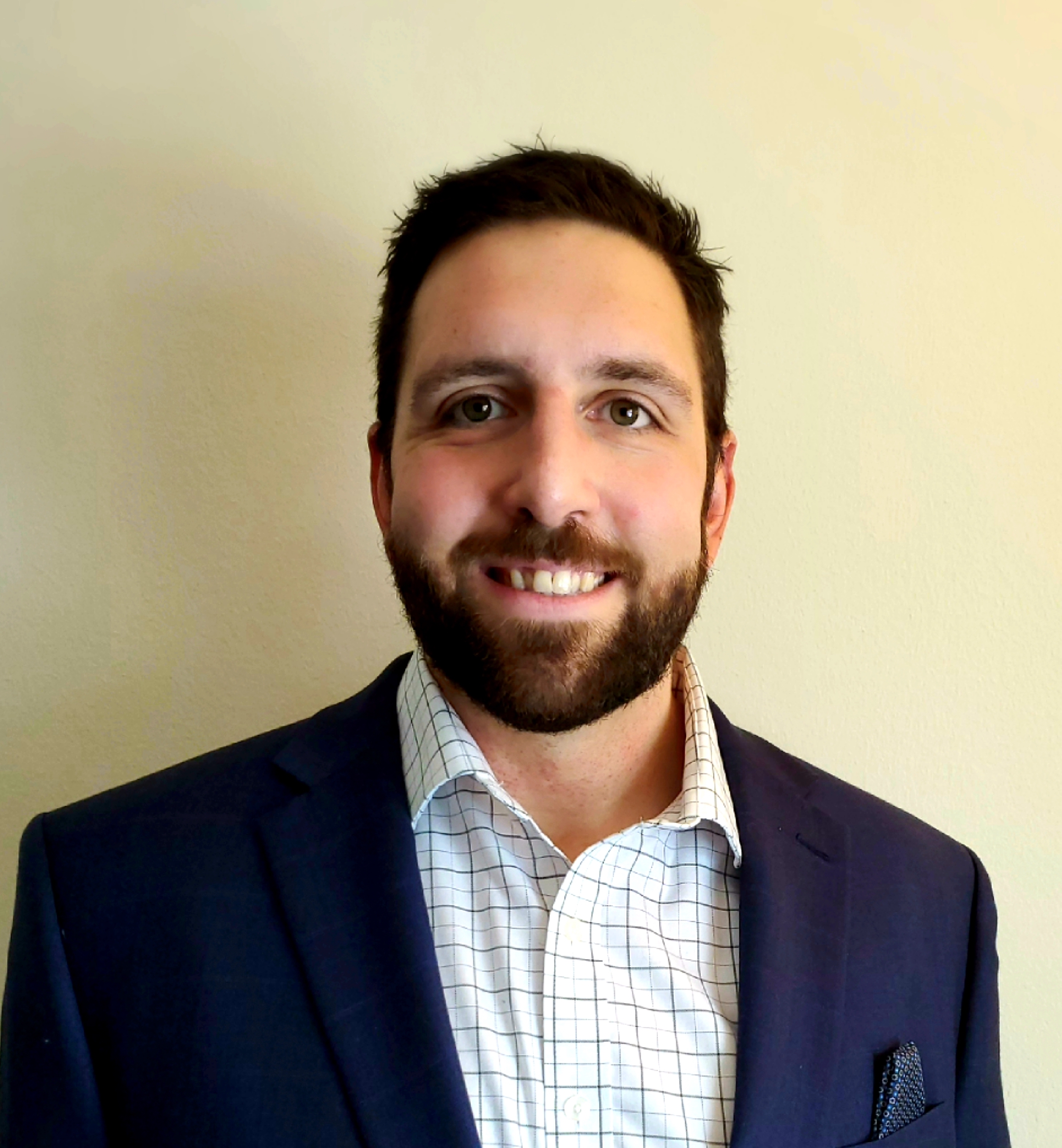
Contact
- (210) 567-3968
- salamango@uthscsa.edu
Department
Microbiology, Immunology and Molecular GeneticsSalamango, Dan, Ph.D.
Assistant Professor
Research
Our lab is broadly interested in host-pathogen interactions between cellular proteins and viral pathogens. We utilize traditional and “new age” molecular virology approaches (i.e., deep mutational scanning and whole genome CRISPR/Cas9 screening) to study viral protein localization, function, and interactions with host-cell processes to uncover novel mechanisms that facilitate virus replication. In addition, we are also interested in virus-associated disease pathologies, such as virus-induced neuropathy, and elucidating the underlying molecular mechanisms. Finally, as we uncover and explore cellular pathways manipulated by viral pathogens, we also investigate knowledge-gaps associated with how these pathways function in general biology. Some example projects are outlined below:
1. Understanding the functional consequences of HIV-1 Vif-induced remodeling of the cellular phosphoproteome
The canonical role of the HIV-1 Vif accessory protein is to counteract the enzymatic activity of host APOBEC3 antiviral restriction factors. Vif achieves this by hijacking a host E3-ubiquitin ligase complex to target the APOBEC3s for proteasomal degradation before they can “attack” the HIV- genome. Interestingly, Vif also induces global phosphoproteome remodeling by antagonizing a major host cell phosphatase (PP2A). However, the virologic and metabolic outcomes of this activity are not well understood.
2. Deciphering assembly mechanisms of protein phosphatase holoenzymes
Reversible protein phosphorylation at serine, threonine, or tyrosine residues is one of the most common mechanisms of protein regulation and is carried out by a tightly regulated network of kinases and phosphatases. While roughly 400 serine/threonine kinases have been identified in the human genome, only about 40 serine/threonine protein phosphatases have been discovered. How the limited number of phosphatases counterbalances the activity of abundant kinases arises from their dynamic and modular nature. Under steady-state conditions, most serine/threonine phosphatases exist as inactive monomers or dimers that require the docking of a regulatory subunit to become enzymatically active. Regulatory subunits can be one of several dozen structurally and functionally distinct proteins that recognize discrete subsets of cellular proteins, which gives rise the dynamic regulatory capacity of phosphatase complexes. When this process becomes dysregulated, it leads to numerous human diseases, including cancer and neurological disorders. Are questions are 1) what are the molecular mechanisms that dictate which regulatory subunit docs to the inactive enzyme, 2) how do regulatory subunits recognize and discriminate between cellular targets, and 3) can we comprehensively define substrate interactomes for discrete protein phosphatase complexes?
3. Determining the role of phosphorylation, and de-phosphorylation, in regulating IAV protein functions
Almost all IAV proteins become phosphorylated at multiple different amino acid residues during the course of an infection. For some of these events, phosphorylation has been linked to regulation of subcellular localization, protein oligomerization, counteraction of innate immune responses, and binding to viral RNAs. However, the functional role for many of these phosphorylation events has yet to be characterized. Importantly, virtually nothing is known about the role of cellular phosphatases in regulating the dynamic nature of these phosphorylation events. We are interested in 1) determining the roles of cellular phosphatases in regulating IAV biology, and 2) ascribing functions to phosphorylation events that have yet to be characterized.
4. Elucidating the molecular mechanisms that underly HIV-associated neurocognitive disease
HIV-associated neurocognitive disorder (HAND) persists in over half of HIV+ patients despite effective antiretroviral therapies (ART). Current therapeutics have curbed the most severe forms of disease and have shifted neuropathology from a rapidly progressing encephalitis to a prolonged neurodegenerative disease with hallmarks that include astrogliosis and microgliosis. However, the molecular mechanisms driving HAND onset and severity are still poorly understood. Infected astrocytes and microglia are thought to serve as brain-resident HIV reservoirs that drive chronic neuroinflammation and oxidative tissue damage due to the persistent expression of viral proteins. Our lab has evidence that multiple HIV accessory proteins independently block host DNA damage repair responses and induce DNA damage/DNA strand breaks. We hypothesize that this activity exacerbates neuroinflammation and potentially leads to brain cell death in patients.
For a list of complete publications: https://pubmed.ncbi.nlm.nih.gov/?term=salamango+d
